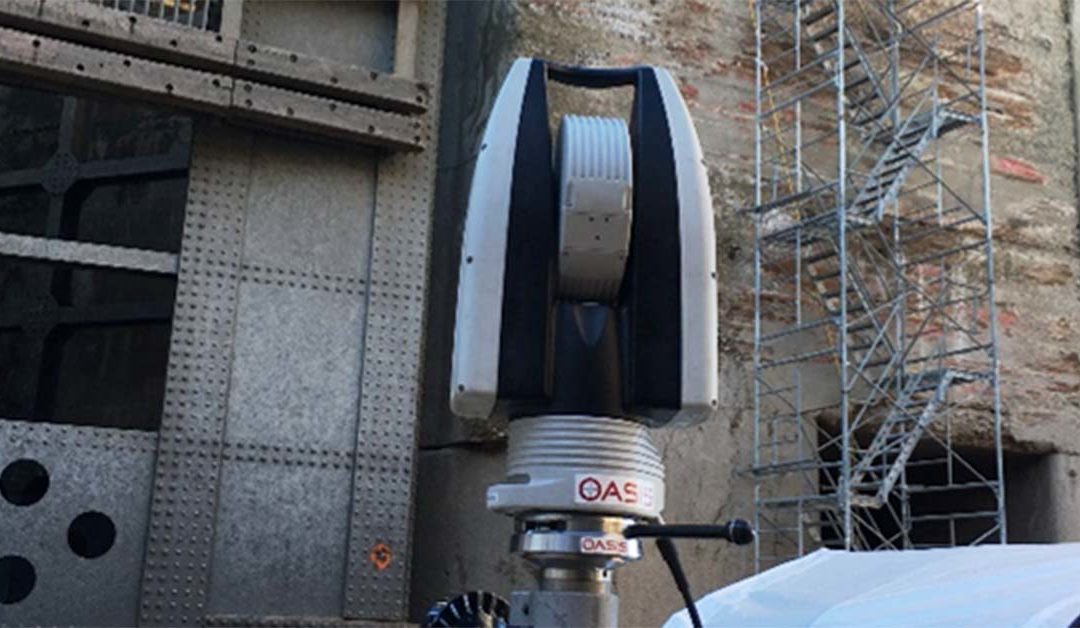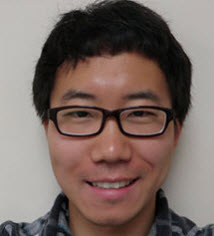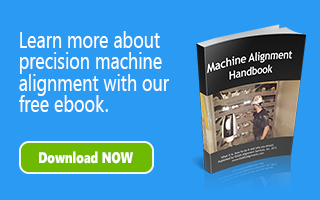Written by Li Guan, OASIS Metrology Engineer, this post first appeared on the Accelerate! Blog published by Hexagon Manufacturing Intelligence. In future posts, we will provide additional technical information on the capabilities of our AT960 laser trackers and also delve deeper into the benefits to our customers of our using these innovative laser trackers for gathering highly accurate dimensional measurements at their location.
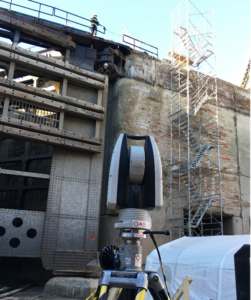
Using an AT960 laser tracker, OASIS metrology engineer captures measurement data at Saint Lawrence Seaway locks
Every customer of OASIS Alignment Services requires highly accurate, precise and repeatable measurements. However, gathering measurement data can be a challenge in environments that are less than ideal – and the engineering teams of OASIS work in some pretty challenging environments. From outdoor locations such as sawmill chip yards, remote mining locations, and even the locks on the Saint Lawrence River Seaway, to some of the harshest industrial manufacturing locations such as paper mills, power generation plants and metal extrusion facilities, we’ve seen it all. Despite these sometimes severe industrial surroundings, precision and accuracy are still top priority for every customer.
If you have never been in the depths of a paper mill – imagine working in areas that are riddled with dirt, grime and grease, and then add to that extreme temperatures and high humidity. Or conversely, imagine working in outdoor environments such as on seaway locks, and being subjected to cold, windy, icy, and sometimes even snowy, conditions. The metrology instruments used by OASIS engineers must be able to not only withstand these adverse settings, but reliably maintain their precision and accuracy in all environmental conditions.
When OASIS ran into reliability issues with more traditional laser trackers, we began testing the Leica Absolute Tracker AT960 from Hexagon Manufacturing Intelligence. After a full year of putting an AT960 tracker through its paces in the some of the more severe environments that OASIS works in, we found that the innovative capabilities of the AT960 were what our engineers could rely on – and what our customers would greatly benefit from. So we made the switch and standardized our entire fleet on the Hexagon Manufacturing Intelligence instruments.
What makes the AT960 laser tracker the metrology instrument of choice for OASIS? Not only can the AT960 provide highly-accurate data (0.002” volumetric accuracy at 33’) and high-speed, dynamic six degrees of freedom (6DoF) measurements, it is very reliable and rugged. As mentioned, OASIS uses a fleet of thirteen AT960s in many diverse locations across North America. With its tough exterior and IP54 rating (IEC certified sealed against dust and other contaminants), the AT960 can endure not only the OASIS work environments – but also the shipping required on a regular basis to and from job locations.
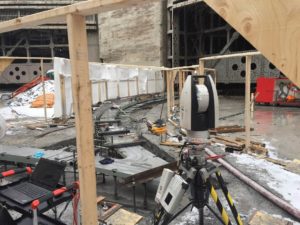
OASIS metrology teams use the Leica AT 960 to obtain precision measurements in snowy and icy conditions
Even with the major advancements made by Hexagon in laser tracker technology, laser trackers can still run into difficulty in some truly extreme conditions. OASIS engineers have solved some of these issues using good old ingenuity. Here we share some tips to help you and your teams manage some of the issues that can arise when working in harsh environments:
- When using a laser tracker in very cold conditions, it may be essential to start up the device indoors or inside a warm vehicle until the device has completed its preliminary warmup phase. Afterwards, it can be set up in the colder conditions as the device itself is generating heat, thus allowing its internal components to function properly.
- Batteries are prone to shortened life under cold conditions. In order to have a functional battery backup, plug in a battery to serve as an uninterrupted power supply, but run the laser tracker on AC power.
- When working outside during winter and required to set up the tripod on ice or frozen ground, it is best to ‘insulate’ each of the tripod feet with separate pieces of plywood under each foot. Aluminum is a good thermal conductor and will melt the ice/frozen ground when the sun shines on the tripod. Note: do not use a single piece of plywood under all three feet. A single piece is not only quite flexible, but will allow the transmission of movement from foot to foot and is bound to be far too unstable.
- Even though the laser tracker is water resistant, you simply cannot take measurements in heavy rain (or snow!) since the dense rain drops will cut your laser beam. Exceptions can be made however, if the tracker to measurement distance can be sheltered by a tarp or canopy.
- If you anticipate precipitation, it is important to shelter your drift nests from getting wet, as water will get under hot glue by capillary action and you will lose your drift nest. Note: this also applies to cold weather environments as well due to the glue not adhering well to cold surfaces.
- In dusty environments, when not in use, point the laser down so the laser and camera window do not collect dust. Note: dust covers work well in cool temperatures, but do not use when the temperature is above 26°C/78°F as the tracker head could overheat.
- A vibrating floor can cause tripod resonance. Use rubber pads, rugs or even oil absorbent sheets under tripod feet.
- When working in bright and/or direct sun, we advise placing the laser tracker in a shaded location and also provide shade for the reflector, if possible.
- It is important to note that some peripheral electronics are also prone to temperature issues in extreme conditions. Laptops and Wi-Fi routers have low temperature limits.
Using innovative precision measurement instruments such as the Leica Absolute Tracker AT960 and ROMER Absolute Arm, OASIS Alignment Services helps customers across a multitude of industries solve issues that are directly affecting their bottom line. If you would like to discuss your precision measurement needs with an OASIS representative, please contact us.
About the Author
